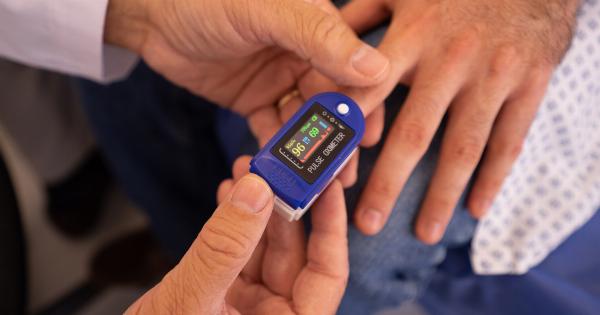The emergence of COVID-19 as a global pandemic has led to an unprecedented amount of research and investigation into the various aspects of the virus and its impact on human health.
While the respiratory symptoms of COVID-19 have been widely studied, there is increasing evidence to suggest that the virus can also affect the cardiovascular system. In particular, there have been reports of a relationship between COVID-19 and coronary microvascular dysfunction.
Coronary Microvascular Dysfunction
Coronary microvascular dysfunction refers to abnormalities in the small blood vessels of the heart that can lead to reduced blood flow to the heart muscle.
This condition is often associated with symptoms such as chest pain, shortness of breath, and fatigue. While coronary microvascular dysfunction can occur on its own, there is growing evidence to suggest that it may also be linked to COVID-19.
Understanding COVID-19
COVID-19 is caused by the severe acute respiratory syndrome coronavirus 2 (SARS-CoV-2) and primarily affects the respiratory system.
However, it is now known that the virus can also enter other cells in the body that express a protein called ACE2, which is present in the coronary microvascular endothelial cells. This raises the possibility that the virus could directly infect and disrupt the function of the coronary microvasculature.
Evidence of a Relationship
Several studies have reported a potential association between COVID-19 and coronary microvascular dysfunction.
For example, a study conducted in Italy found that a significant proportion of COVID-19 patients had evidence of myocardial injury, including the presence of microvascular dysfunction. Another study in China observed abnormalities in coronary microcirculatory function in COVID-19 patients, even after they had recovered from the acute phase of the infection.
Underlying Mechanisms
The exact mechanisms by which COVID-19 may lead to coronary microvascular dysfunction are not yet fully understood. However, several hypotheses have been proposed.
One possible mechanism is direct viral invasion of the coronary microvasculature, leading to endothelial dysfunction and impaired blood flow regulation. Another hypothesis is that systemic inflammation and a heightened immune response triggered by the virus could indirectly affect the coronary microvasculature.
Clinical Implications
The potential relationship between COVID-19 and coronary microvascular dysfunction has important clinical implications.
Patients with COVID-19 who develop symptoms of chest pain or other cardiac symptoms should be evaluated for the presence of microvascular dysfunction. Additionally, healthcare providers should be aware of the increased risk of cardiovascular complications in COVID-19 patients and consider appropriate management strategies.
Treatment and Management
Currently, there is no specific treatment for COVID-19-related coronary microvascular dysfunction.
However, the management of this condition may involve a combination of lifestyle modifications, medications to improve blood flow regulation, and efforts to control the underlying inflammatory response. Further research is needed to determine the most effective treatment approaches for this specific patient population.
Conclusion
The relationship between COVID-19 and coronary microvascular dysfunction is an area of ongoing research.
While more studies are needed to fully understand the mechanisms and implications of this association, the available evidence suggests that there is a potential link between the two. Clinicians and researchers must continue to investigate this relationship in order to better care for and manage patients with COVID-19 and potential cardiac complications.





























